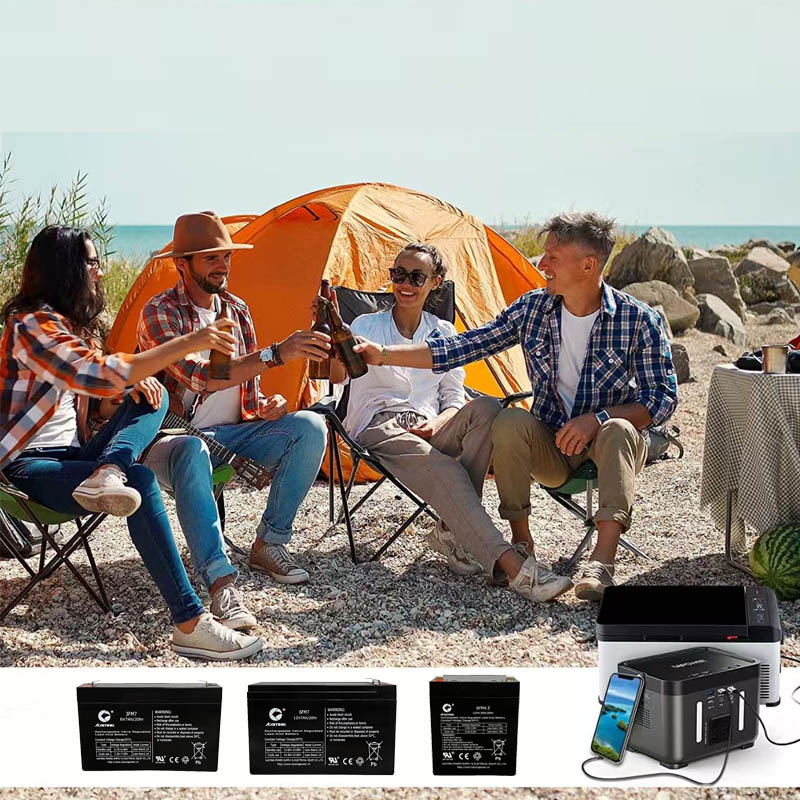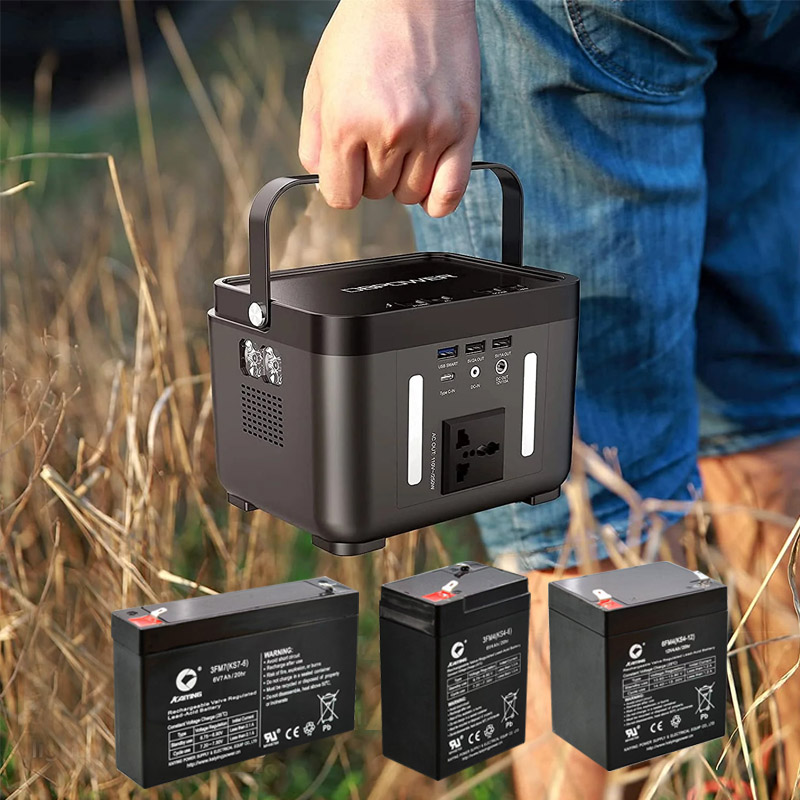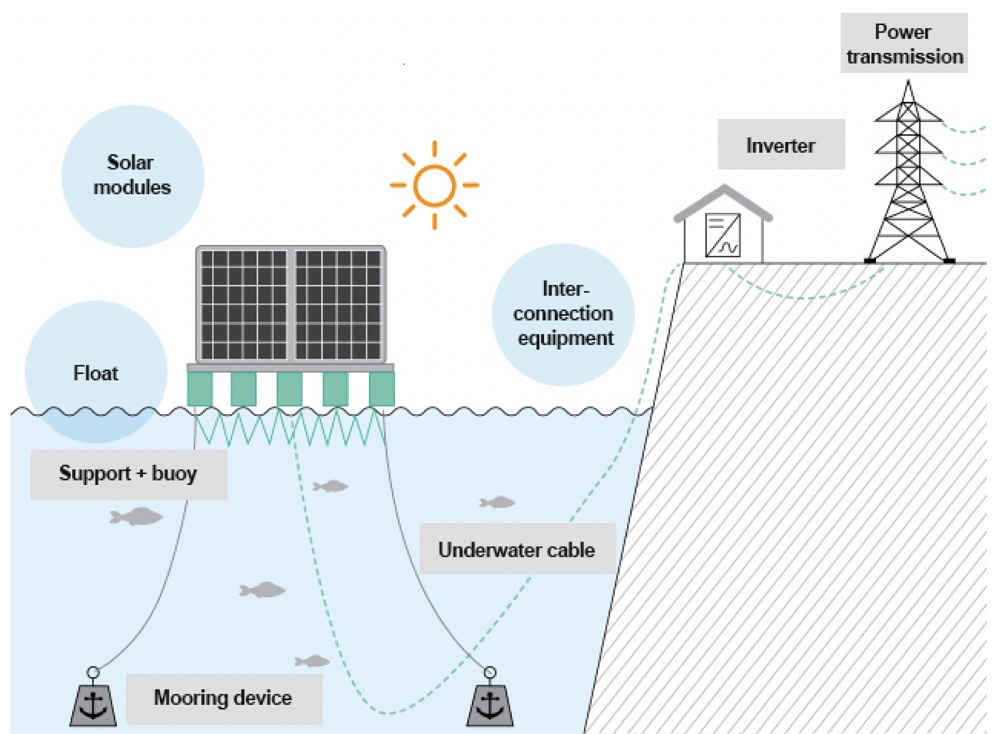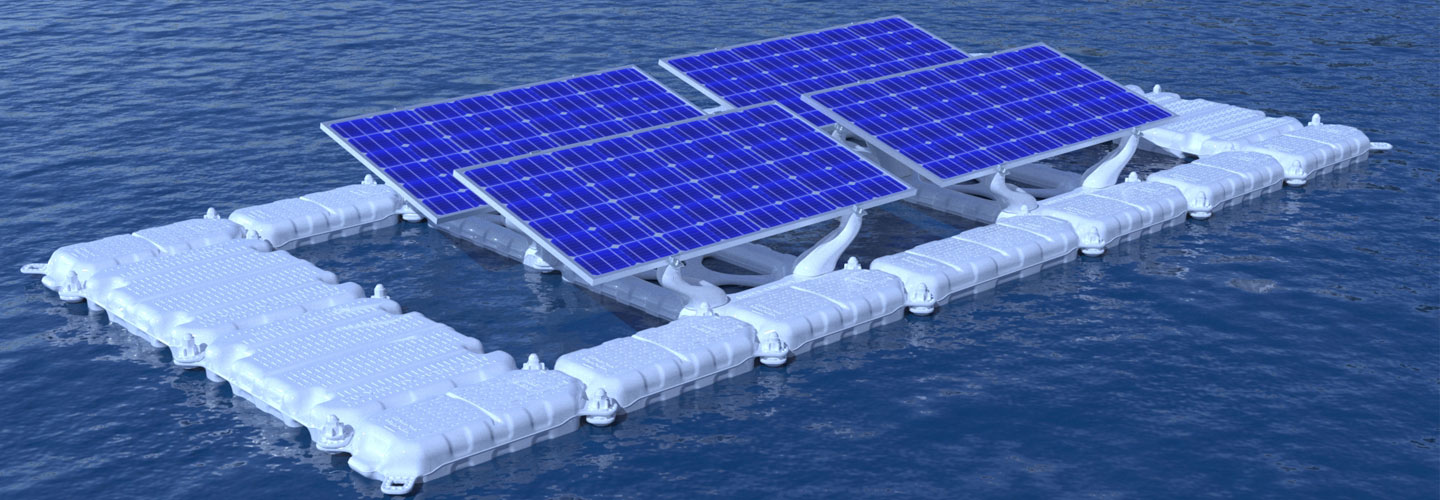How do I find a bag manufacturer?
Finding a reliable and cost-effective bag manufacturer can be a real challenge. With so many options available, how do you ensure that you’re choosing the right supplier who delivers on quality, cost, and reliability? Whether you're launching a new bag design or expanding your product line, this guide will help you make an informed decision.
1. Clarify Your Requirements
Understanding your own needs can quickly narrow down the search range, avoiding the frustration of searching aimlessly. These needs include: whether design services are required, the quantity of orders, the type and material requirements of the bags, as well as any specific requirements for logistics and production locations.
 |
 |
2. Search for Manufacturers Online
Determine appropriate keywords, such as "cambodia bag factory","vietnam bags manufacturer","backpack manufacturers in india" and then search on the following platforms:
B2B Platforms: Common B2B platforms include Alibaba and Made-in-China. These platforms host numerous bag manufacturers and provide customer ratings that can help you assess their reliability.
Google Search: Many bag manufacturers have their own websites that offer detailed information. The “Contact Us” page is particularly useful for gathering more information about the company.
Social Media Platforms: Platforms like LinkedIn and Facebook are also valuable. Many B2B bag suppliers have company pages on these social media sites where they post updates and information.
Trade Shows: Attending trade shows allows you to meet bag suppliers face-to-face and directly discuss your needs.
 |
 |
 |
3. Evaluate the Bag Manufacturer
Once you have a list of potential suppliers, you can assess their reliability from the following aspects:
Certificates: Certificates such as WRAP, BSCI, SCAN, and ICAS are important indicators of a bag factory’s compliance and quality.
Production and Design Capabilities: Ensure that the manufacturer can meet your design and production requirements.
Communication and Responsiveness: Reliable suppliers usually respond promptly to inquiries, especially on weekdays.
Quality Control Process: Ensuring product quality is crucial when selecting a bag manufacturer. Check whether the factory has an independent quality control team or conducts in-house testing. For example, at Synberry, our backpack factory is equipped with a dedicated laboratory that performs comprehensive product testing, ensuring that every bag meets high-quality standards before shipment. This level of in-house quality control helps minimize defects and guarantees consistency across production batches.
Request Samples: Requesting samples can give you a direct sense of the supplier’s production quality.
4.Next Steps
Once you have shortlisted a few manufacturers, reach out to them for further discussions. Ask for quotes, review their sample quality, and negotiate terms to find the best fit for your business.
If you’re looking for a reliable bag manufacturer with strong quality control and flexible production options, Synberry is here to help. Get in touch with us today to discuss your project!











